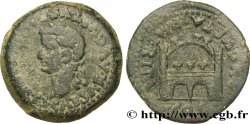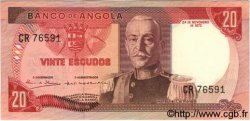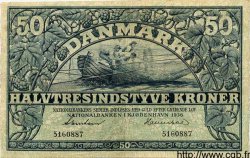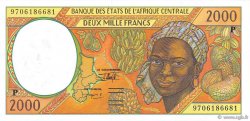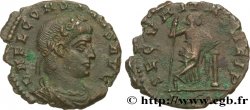v21_2331 - TIBERIO Denier
MONNAIES 21 (2004)
Начальная цена : 300.00 €
Назначить цену : 550.00 €
Цена реализации : 300.00 €
Количество ставок : 1
Максимальная предлагаемая цена : 330.00 €
Начальная цена : 300.00 €
Назначить цену : 550.00 €
Цена реализации : 300.00 €
Количество ставок : 1
Максимальная предлагаемая цена : 330.00 €
Тип Denier
Дата: c. 15-37
Монетный двор / Город: Gaule, Lyon (Lugdunum)
Металл: silver
Проба: 900 ‰
Диаметр: 19 mm
Ориентация осей монеты: 1 h.
Вес: 3,61 g.
Emission: 6e
Комментарии о состоянии
Portrait légèrement stylisé et hiératique avec les traits figés. Joli revers où le visage de la Paix est visible. Patine de collection ancienne
Ссылки в каталоге: :
Происхождение:
Cet exemplaire provient d’une vieille collection du Sud de la France
Лицевая сторона
Аверс: легенда: TI CAESAR DIVI - AVG F AVGVS[TVS].
Аверс: описание: Tête laurée de Tibère à droite (O*).
Аверс: перевод: “Tiberius Cæsar Divi Augusti Filius Augustus”, (Tibère César fils du divin Auguste, auguste).
Обратная сторона
Реверс: легенда: PONTIF - MAXIM.
Реверс: Описание: Pax (la Paix) ou Livie assise à droite sur un siège décoré, tenant une branche d'olivier de la main gauche et de la droite un long sceptre.
Реверс: перевод: “Pontifex Maximus”, (Grand pontife).
Комментарий
Comme pour le denier d'Auguste, cette pièce appartient à l'atelier impérial de Lyon et ce type de denier a circulé pendant pratiquement un siècle. Il se rencontre très souvent avec des monnaies gauloises de la phase terminale dans les fouilles archéologiques. C’est la monnaie romaine la plus courante en Gaule. La sixième émission se caractérise par un socle représenté par une ligne d’exergue et les pieds du siège sont ornementés au revers ; au droit, le portrait est vieilli et plus stylisé.
As with the Augustan denarius, this coin belongs to the imperial mint of Lyon and this type of denarius circulated for almost a century. It is very often found with Gallic coins from the late phase in archaeological excavations. It is the most common Roman coin in Gaul. The sixth issue is characterized by a base represented by an exergue line and the feet of the seat are ornamented on the reverse; on the obverse, the portrait is aged and more stylized
As with the Augustan denarius, this coin belongs to the imperial mint of Lyon and this type of denarius circulated for almost a century. It is very often found with Gallic coins from the late phase in archaeological excavations. It is the most common Roman coin in Gaul. The sixth issue is characterized by a base represented by an exergue line and the feet of the seat are ornamented on the reverse; on the obverse, the portrait is aged and more stylized








 Cообщить об ошибке
Cообщить об ошибке Распечатать страницу
Распечатать страницу Отправить мой выбор
Отправить мой выбор Задать вопрос
Задать вопрос Consign / sell
Consign / sell
 Информация
Информация
